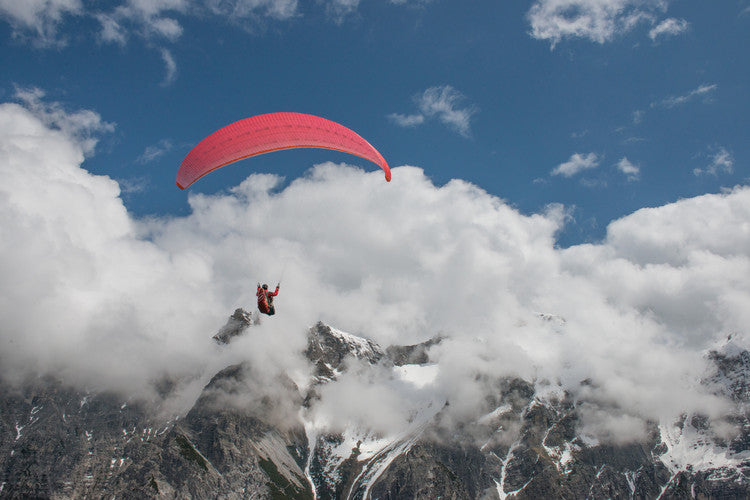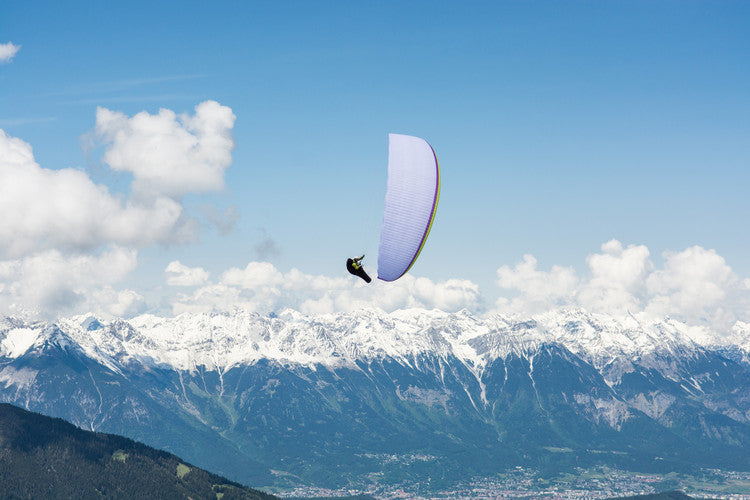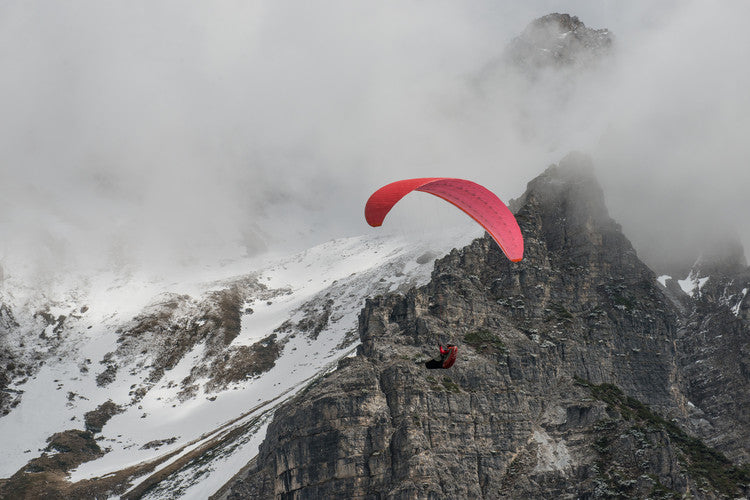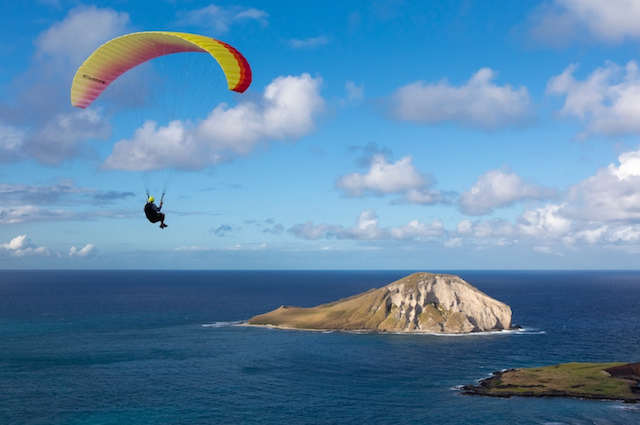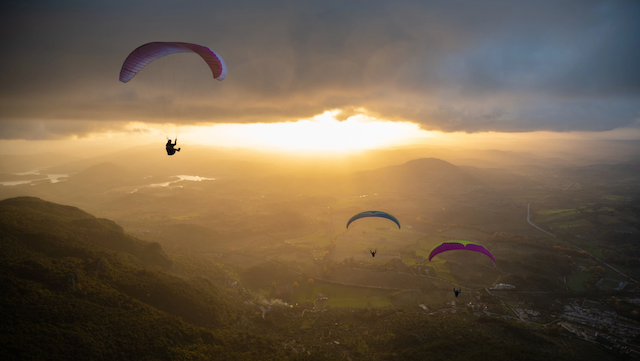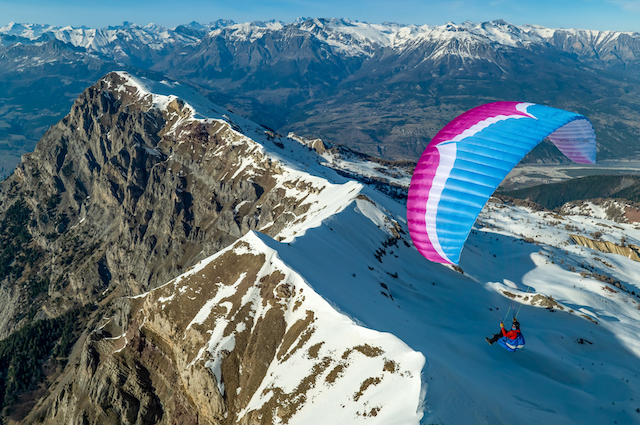PHANTOM – a new era in paragliding
The PHANTOM offers the safety of a basic intermediate with the performance of a top-end wing. This has been made possible through probably the most complex construction ever used in a serial-production wing.
The Idea
At NOVA we asked ourselves what a low-end EN B would look like if it was constructed without being restricted by technical complexity. The result is the PHANTOM.
Experience Progress
The PHANTOM is a new, completely revolutionary paraglider – with a similar aspect-ratio to the ION and with 99 cells, it combines the safety of the ION series with high-level performance. Exceptional directional stability as well as unique precision and simplicity underpin the excellent handling.
With 99 cells, 804 needle-eye ribs and 3200 slots in the profiles and diagonal ribs to reduce weight, the PHANTOM could be the most complex and technically elaborate wing ever made. With more than 3000 individual components, it sets a new benchmark in paraglider construction.
Pleasure Without Compromise
The PHANTOM is mainly constructed using 27 gram sail cloth. Combined with the weight-optimized inner construction, the size S wing weighs less than 5 kg. Little weight and low aspect ratio result in maximum safety. Never before has so much performance been so easy to fly.
The PHANTOM is a paraglider in a brand-new class and therefore is suitable for a very wide range of pilots. Thanks to its high degree of passive safety and its outstanding performance, it is suitable for ambitious recreational pilots, as well as keen cross-country pilots. The PHANTOM combines the advantages of a low-end EN B wing with the performance of a high-end paraglider.
Are wings with many cells difficult to fly?
No, this is a misguided belief. A higher number of cells increases glider weight, but by using lightweight materials and structurally analyzed and optimized slots, we could compensate for this additional weight.
But performance wings with many cells are more challenging to fly than EN A gliders with few cells.
Correct, but this is due to the higher aspect ratio, rather than the increased number of cells. There is no direct correlation between the number of cells and how demanding a wing is to fly.
How does a large number of cells increase performance?
The more cells, the smoother the wing – which means less drag. A large number of cells also provides ultimate stability. This helps maintain performance even in turbulent air.
Didn’t NOVA produce a wing called the PHANTOM in the past?
Correct, in 1991. The similarity with the original PHANTOM is the increase in performance which was then, and now, impressive.
PHANTOM |
XS |
S |
M |
L |
|---|---|---|---|---|
| Number of cells | 99 | 99 | 99 | 99 |
| Projected span | 8,79 | 9,21 | 9,62 | 10,01 |
| Projected area | 20,25 | 22,25 | 24,25 | 26,24 |
| Projected aspect ratio | 3,82 | 3,82 | 3,82 | 3,82 |
| Flat span | 11,05 | 11,58 | 12,09 | 12,58 |
| Flat area | 23,52 | 25,84 | 28,16 | 30,46 |
| Flat aspect ratio | 5,19 | 5,19 | 5,19 | 5,19 |
| Line length | 6,49 | 6,80 | 7,10 | 7,38 |
| Total line length | 250 | 261 | 273 | 285 |
| Max. chord | 2,68 | 2,81 | 2,93 | 3,04 |
| Min. chord | 0,38 | 0,40 | 0,42 | 0,44 |
| Weight | 4,8 | 5 | 5,25 | 5,5 |
| Recommended take off weight | 60-90 | 80-100 | 90-110 | 100-130 |
| Certification (EN/LTF) | B | B | B | B |
Materials:
- Leading edge: Skytex 32 Universal
- Top surface: Skytex 27 Classic 2
- Lower sail: Skytex 27 Classic 1
- Profile ribs (suspended): Skytex 32 Hard
- Profile ribs (unsuspended): Skytex 27 Classic 1
- Main lines: Liros PPSL 191 / TSL 140
- Gallery lines: U90 / U70 / U50 / PPSLS 65
- Brake lines: A7850-240 /Cousin 85 / PPSLS 65
- Risers: Kevlar 12mm


